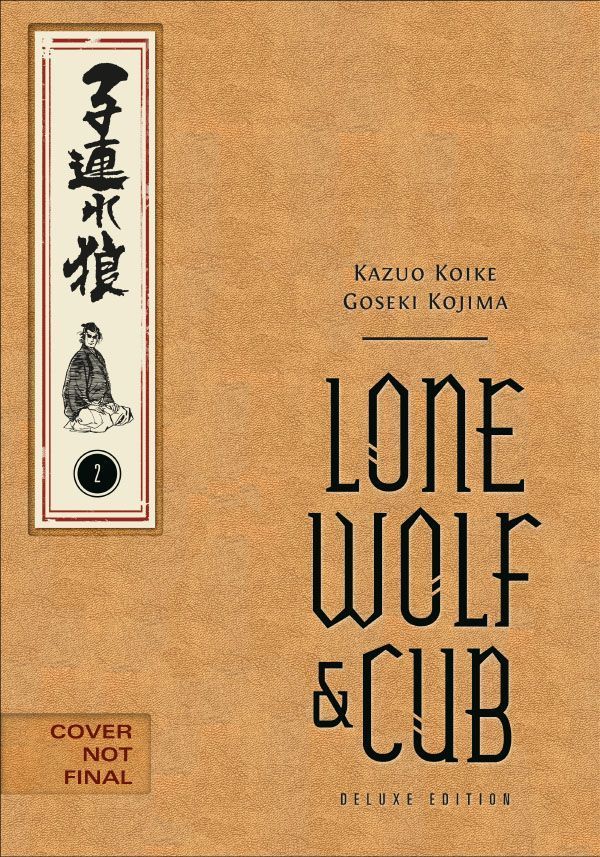Brian Steininger
@bsteininger.bsky.social
170 followers
85 following
17 posts
East Asian Studies, Princeton University
Posts
Media
Videos
Starter Packs
Reposted by Brian Steininger
Reposted by Brian Steininger
Reposted by Brian Steininger
Reposted by Brian Steininger
Reposted by Brian Steininger
Reposted by Brian Steininger
Reposted by Brian Steininger
Scott Gregory
@xiaoshuoing.com
· Aug 18
Reposted by Brian Steininger
Reposted by Brian Steininger
Marijn van Putten
@phdnix.bsky.social
· Aug 16
Reposted by Brian Steininger
Reposted by Brian Steininger
Reposted by Brian Steininger
Nick Kapur
@nickkapur.bsky.social
· Jul 18

The World’s First Novel Has Romance, Tragedy, Adventure. Now, After 1,000 Years, The Tale of Genji’s Poems Have Joined the Digital Age
BU scholar J. Keith Vincent and his students spent nine years building Genjipoems.org, a home to nearly 800 ancient poems
www.bu.edu
Reposted by Brian Steininger
Incunabula
@incunabula.bsky.social
· Jul 14
Reposted by Brian Steininger
Reposted by Brian Steininger
Reposted by Brian Steininger
Reposted by Brian Steininger
Joseph Seeley
@josephaseeley.bsky.social
· Feb 14

AAS 2025 Prizes - Association for Asian Studies
The AAS is pleased to announce the winners of this year’s prize competitions and offer congratulations to all honorees. Please join us at the AAS 2025 Presidential Address and Awards Ceremony to recog...
www.asianstudies.org


























